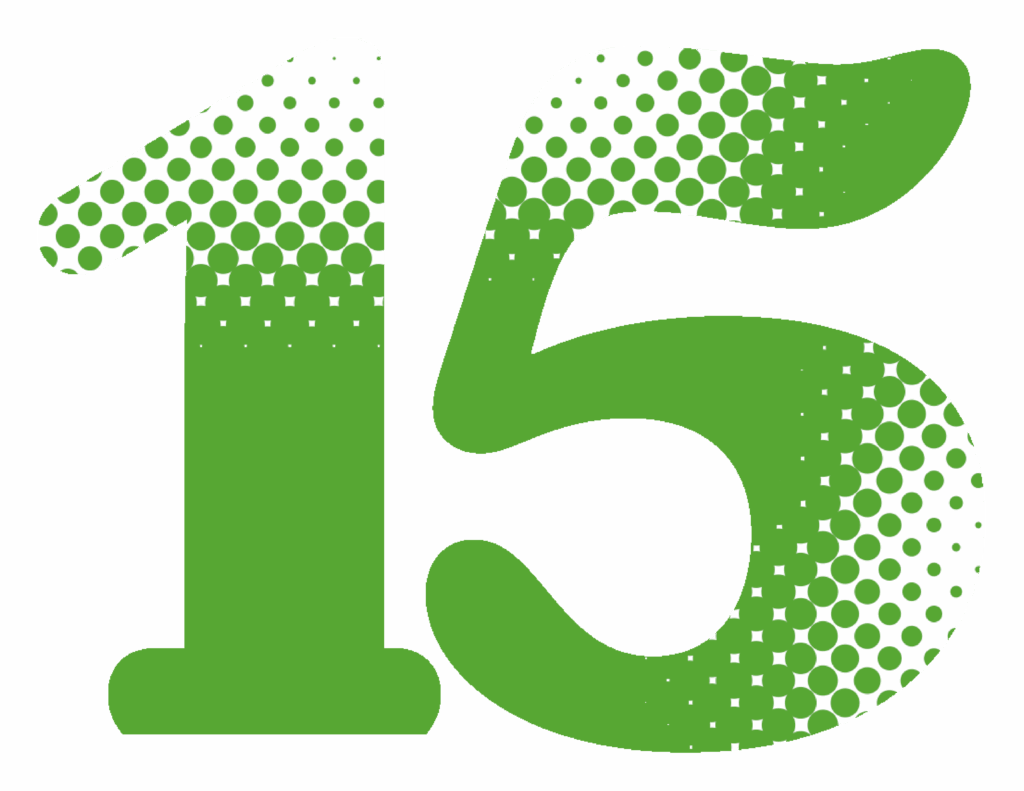In 2024, the Swiss population produced nearly 670 kg of municipal waste per capita – three times more than 50 years ago. More than half of this is collected separately and recycled. These are the findings of the latest waste statistics published by the Federal Office for the Environment (FOEN). .
Every year, the FOEN publishes national waste statistics showing the amount of waste collected, incinerated, and recycled in Switzerland. According to the latest report, around 6 million tons of municipal waste were produced in 2024, three times more than in 1970. This increase can be explained by population growth, higher per capita consumption, and the widespread use of disposable products and packaging. At the same time, waste disposal infrastructure has improved: many materials that are now collected separately and recycled were still ending up in incinerators or even landfills in 1970.
Of the 6 million tons of waste produced last year, 2.9 million were sent to municipal waste incineration plants (MWIPs), while 3.1 million were collected separately and recycled. This results in a recycling rate of 52%, a figure that confirms the trend observed in recent years.
The minimum legal requirements for recycling beverage packaging (glass, aluminum, and PET) were also met in 2024. Recycling rates reached 100% for glass, 90% for cans, and 84% for PET bottles. These figures far exceed the 75% required by the Ordinance on Beverage Packaging (see Boxes 1, 2, and 3).
The results are also encouraging for paper and cardboard: in Switzerland, each person recycled an average of nearly 130 kg last year, which corresponds to a recycling rate of 85%.
New priorities: waste reduction, reuse, and recycling
The statistics highlight positive developments in the area of waste management. However, despite high recycling rates, the amount of waste in Switzerland has a considerable impact on the environment, mainly due to high resource consumption. Waste reduction and closing material cycles are therefore particularly important from an environmental perspective.
By adopting the parliamentary initiative “Developing the circular economy in Switzerland” in 2024, Parliament also redefined the waste hierarchy: waste reduction takes precedence, followed by reuse and recycling, then thermal recovery, for example in waste-to-energy plants.
Urban waste
Municipal waste includes household waste and waste of similar composition from industrial and craft businesses. It does not include production waste from industry and craft businesses, construction waste, sewage sludge, and special waste, including batteries.
Glass packaging
Glass packaging has an exceptionally high recycling rate (over 100%). There are several reasons for this: one is that used glass is recycled with a time lag compared to the sale of beverage packaging. The weight of the materials collected may also increase due to higher moisture content, leading to an overestimation of the amount recovered.
Batteries
The battery recycling rate continues to decline, falling to 35% in 2024 (compared to 38% in 2023). The reason for this is the continued strong growth in sales of lithium-ion batteries. These have a significantly longer lifespan than traditional batteries and their recycling is delayed, which is currently leading to a lower recycling rate.
Links
Source : Press release, Swiss Confederation
